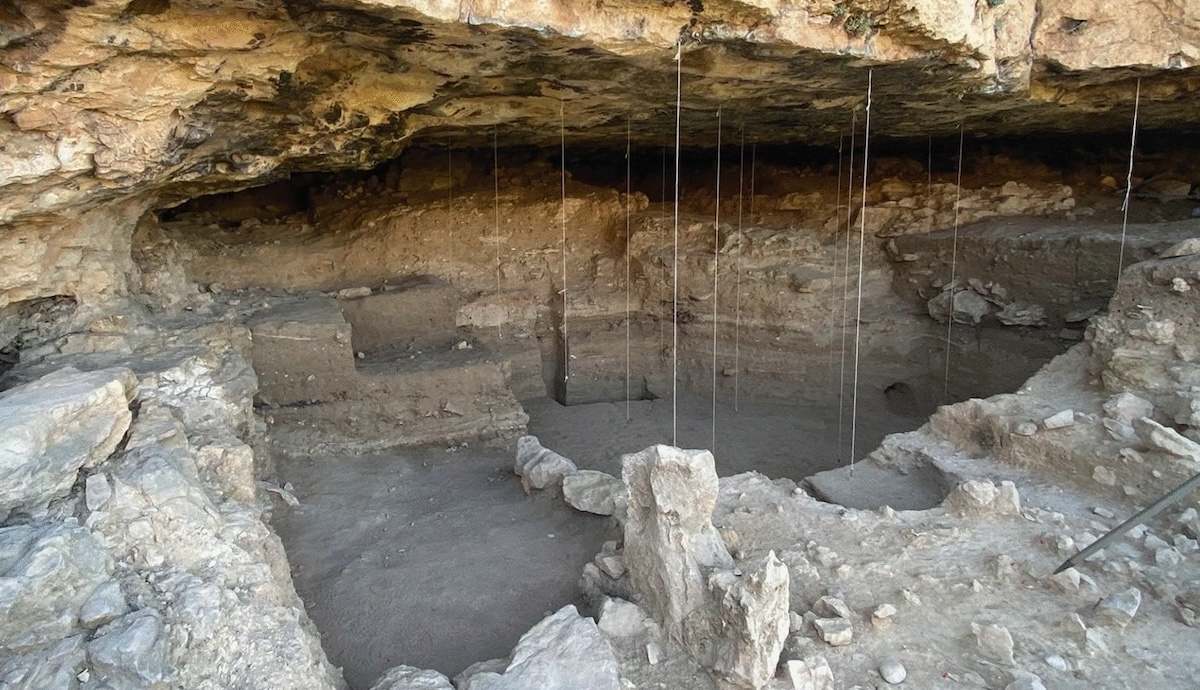
Centering on one “peculiar pebble,” a new research paper offers evidence that Neanderthals were actually capable of creating art. Excavated from a rock shelter in Segovia, the pebble challenges the assumption that art did not emerge until later, after more modern humans evolved.
“We Could Tell it Was Peculiar”

The study, published by a team of Spanish archaeologists, presents the pebble as the oldest known non-utilitarian object that bears a Neanderthal fingerprint. “From the outset, we could tell it was peculiar,” said David Álvarez-Alonso, lead author of the paper. The quartz-rich granite pebble was excavated from the rock shelter in 2022. It dates back between 42,000 and 43,000 years and measures over eight inches in length.
Interestingly, the pebble has curves and indentations that give it a resemblance to a human face. In the middle of its surface is a single red dot where a nose would be. According to researchers, the “strategic position” of the dot suggests that Neanderthals had the ability to think abstractly. This discovery sheds new light on the origins of art, suggesting that Neanderthals were more capable of creating it than previously believed.
Forensic Scientists Identify Neanderthal Fingerprint

Initial analysis of the pebble revealed that its red dot consisted of ocher, a natural earth pigment. Spanish forensic scientists then used multi-spectrum imaging technology to identify the red dot as a fingerprint. According to Álvarez-Alonso, this leaves “no doubt” that the dot was intentionally applied to the stone by a finger dipped in ocher.
Based on the fingerprint, researchers believe the Neanderthal was likely an adult male. He perceived the pebble as resembling a face—a psychological phenomenon known as pareidolia—and was inspired to add a nose to complete the depiction, creating “one of the oldest known abstractions of a human face in the prehistoric record.” Álvarez-Alonso explained that this action “would be a clear act of symbolization—apparently very simple, yet meaningful.”
Neanderthals were a distinct species that went extinct around 40,000 years ago. They lived alongside early modern Homo sapiens, to whom they were closely related, in Europe, Asia, and the Middle East. Contrary to popular belief, the surviving evidence and remains of ancient Neanderthals do not necessarily indicate lower intelligence than that of modern humans. The facelike pebble, for example, is “one of a small but growing number of discoveries that point to the existence of symbolic behavior among Neanderthals,” said Álvarez-Alonso.










